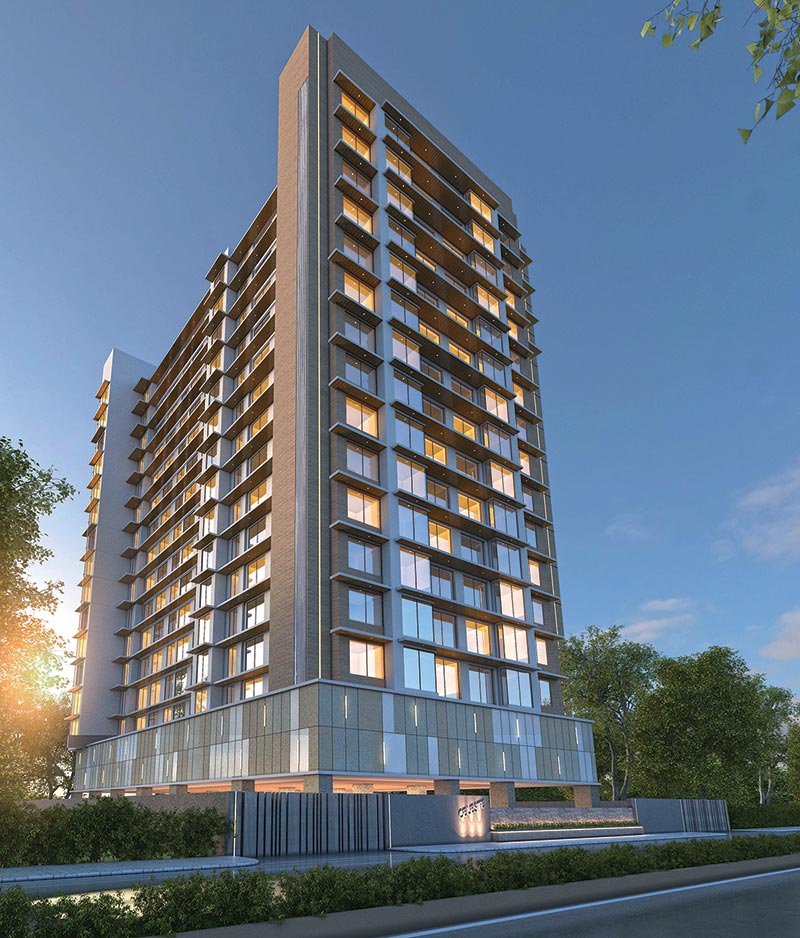
From the times of Charles Correa and Le Corbusier, who literally shaped the face of architecture in India, today we see a completely different canvas of our buildings and architecture in India. The growing economy and population has highly influenced modern architecture. With the onset of globalization about 20 years back, architects in India started aping the West by making glass buildings, tall and very form oriented. However, these buildings looked alienated on our soil. Architects and clients soon realized the disconnect of these buildings within the Indian context and started using glass more sensibly. Along with the massive use of modern materials like glass steel ACP, HCP, architects are also giving an uplift to local artisans and craftsmen by aesthetically incorporating their skills in our buildings and spaces, both indoors and outdoors.
Clients today are widely read and travelled. Their psychologies and mindset have also changed vastly as a result. Once considered extremely private and ignored, spaces like bathroom, lobbies and kitchen are also getting due importance in design today. The changing urban landscape, sociology and the realization of lack of infrastructure is giving rise to more and more needs of public buildings of all kinds like hotels, schools theaters and museums.

A very important change of trend in architecture in India is the huge participation of women architects, who are not only shaping our buildings but are also actively involved in conferences and seminars wherein their opinions are openly heard. Gender bias is slowly becoming a thing of past in this field.
Now, architects are not working alone but are collaborating with consultants and foreign architects to get their expertise when required. Few architects are also working towards building community architecture and for heritage conservation. A very important shift is the focus on Sustainability’ and Green Architecture. More and more architects are undergoing training programs in certificate programs for LEED and GRIHA.
Architecture in India is rapidly changing and improving. We are not only influenced by the globalization but Indian architects are also influencing the West. In fact, Indian architecture is the ideal combination of new ideas with local roots.















